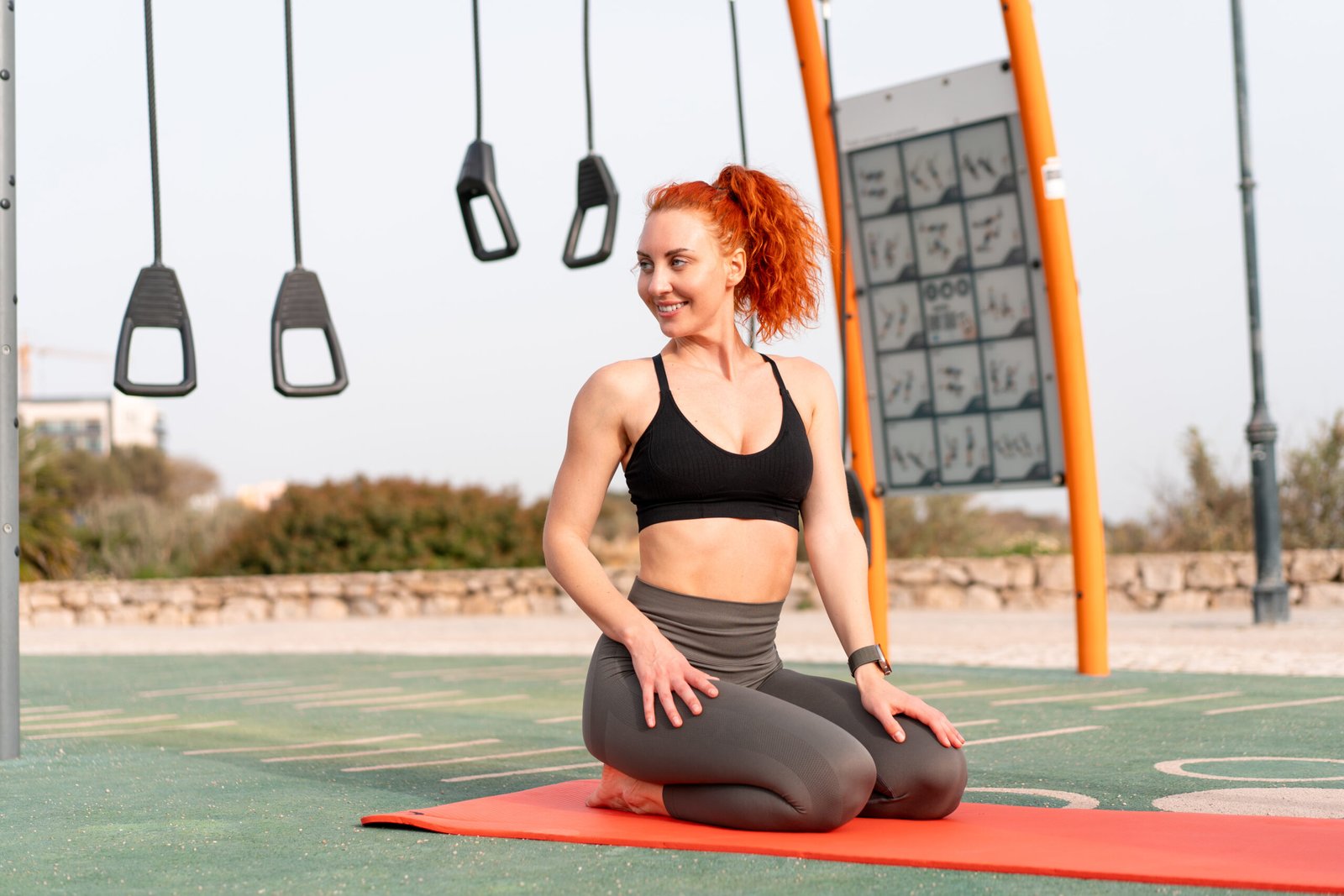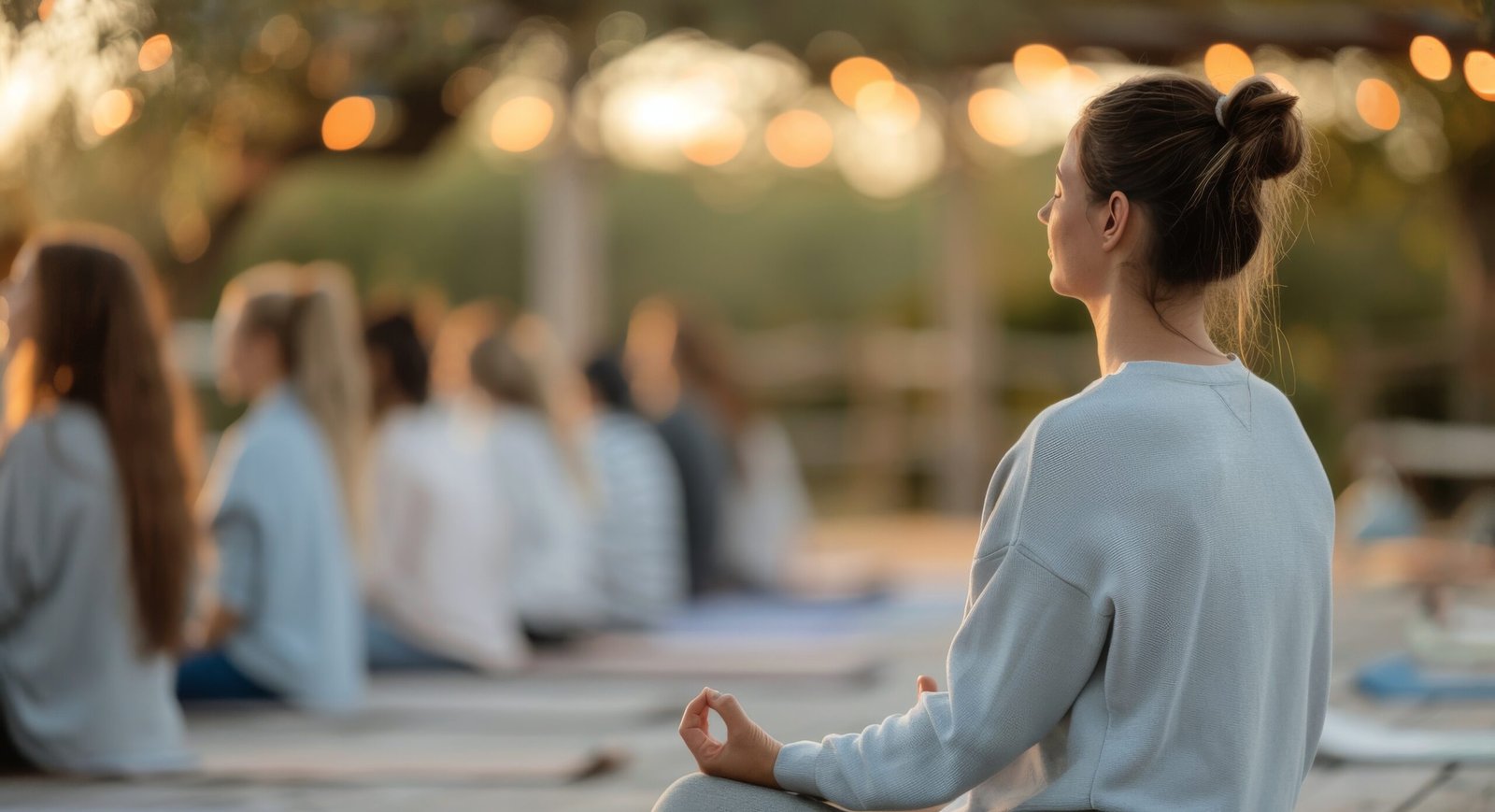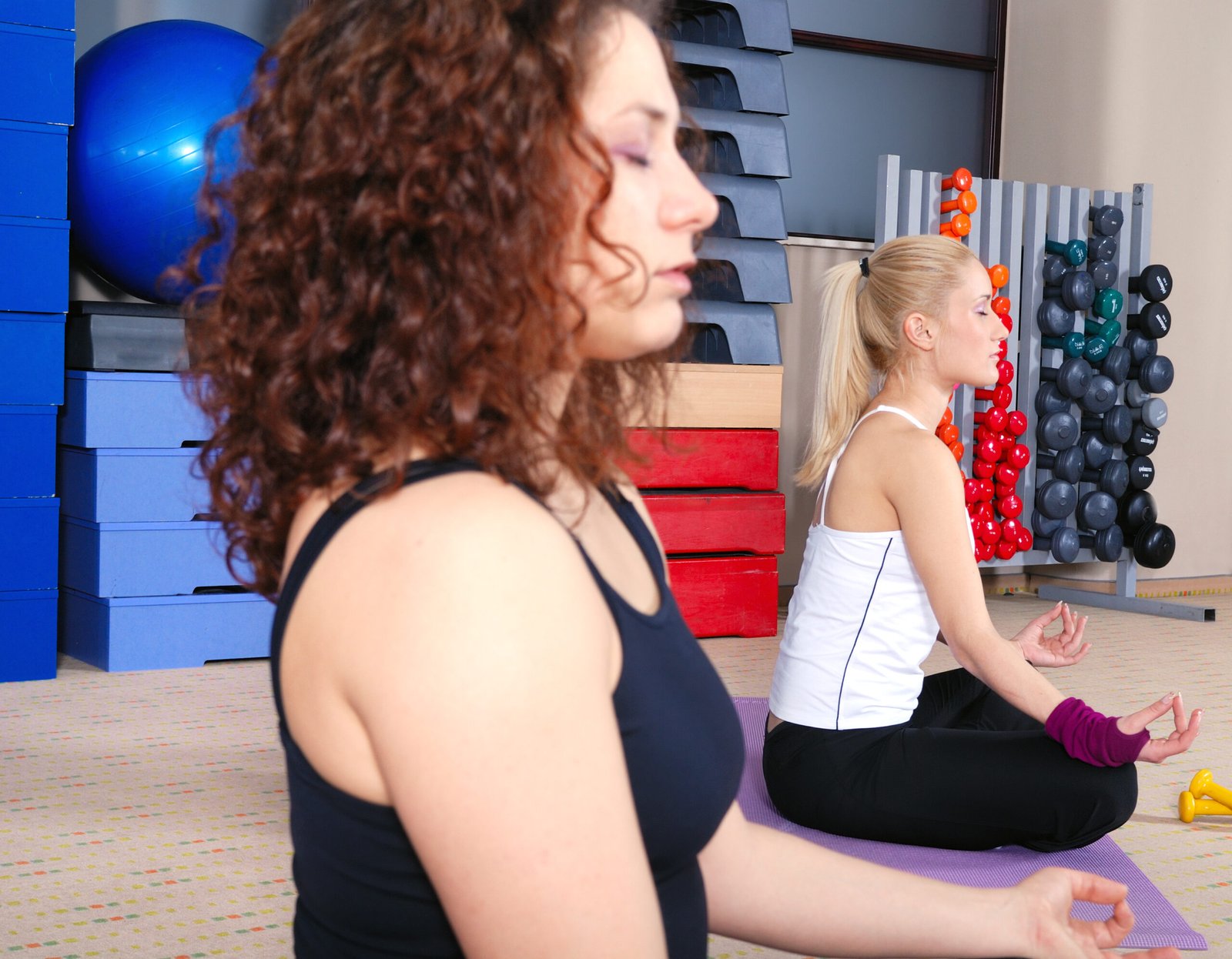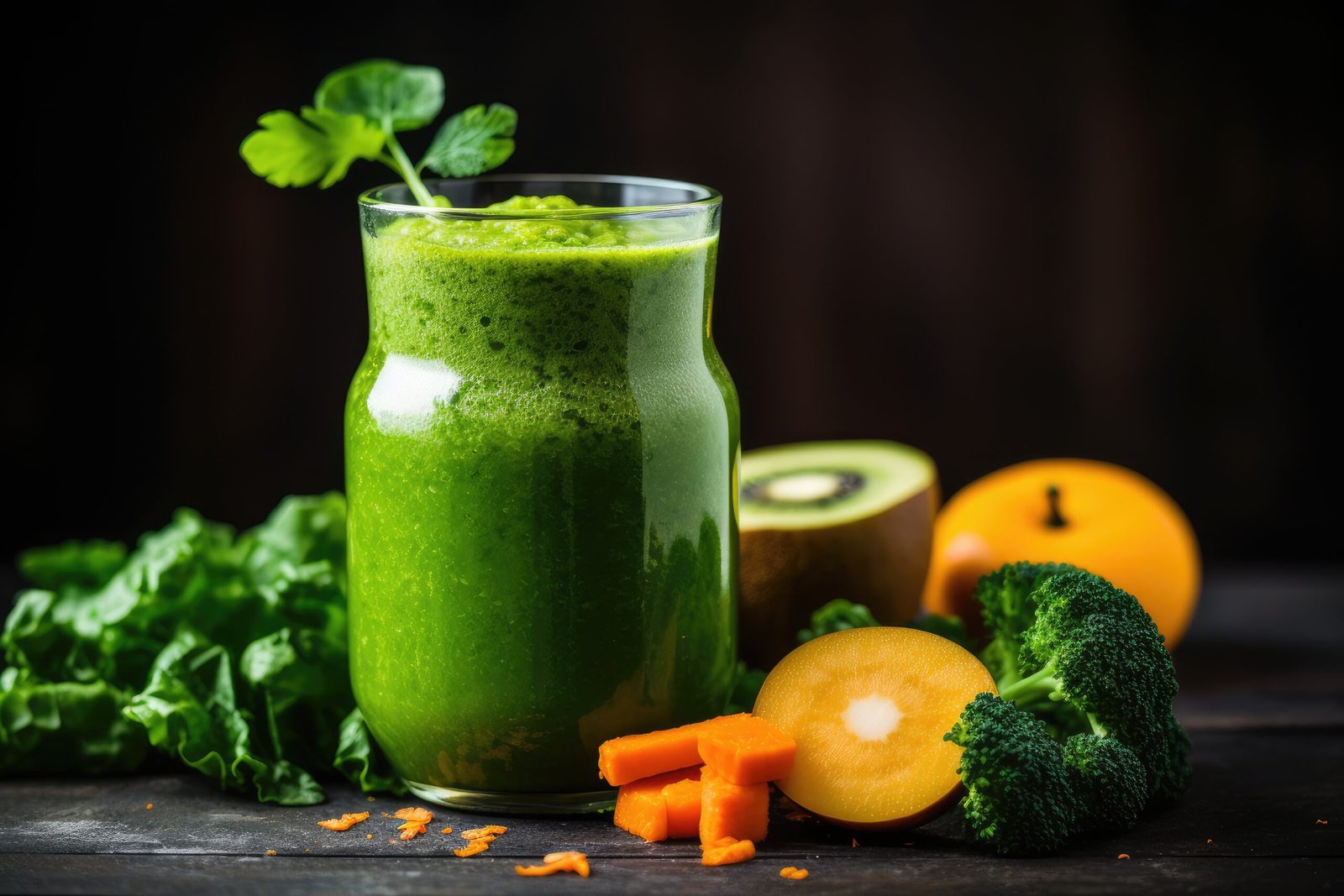The Benefits of Yoga: Finding Balance in Your Life
Picture this: You’re stressed out about a big test, your crush isn’t texting you back, and you just had an argument with your best friend. Feels like the world is crashing down, right? Well, what if I told you there’s a way to deal with all that chaos and find some inner peace? Enter yoga – the ultimate chill pill for your body and mind. I know, I know, you’re probably thinking, “Isn’t that just for flexible people who can twist themselves into pretzels?” But trust me, yoga is so much more than that, and it’s for everyone – yes, even us regular, not-so-bendy folks! So, let’s dive into why yoga might just be the secret weapon you need to rock your teenage years and beyond.

Stress? What stress?
Okay, let’s be real – being a teenager is stressful. Between school, friends, family, and trying to figure out who you are, it can feel like you’re constantly on edge. That’s where yoga comes in clutch. When I first started doing yoga, I was skeptical. How could stretching and breathing help with my mountain of homework? But here’s the thing: yoga teaches you to focus on the present moment and your breath. It’s like hitting the pause button on all the crazy thoughts running through your head.
When you’re on your yoga mat, you’re not worrying about that history project due next week or what someone said about you on social media. You’re just there, breathing and moving. And somehow, magically, that calmness starts to seep into the rest of your life. I’ve found that after a yoga session, I can tackle my homework with a clearer head and deal with drama much more easily. It’s like yoga gives you a secret superpower to stay cool under pressure.

Flexibility isn’t just for showing off
When I first heard about yoga, I thought it was all about twisting yourself into impossible shapes. And yeah, some of those poses look pretty wild. But here’s the cool thing: yoga isn’t about being the most flexible person in the room. It’s about improving your flexibility over time, at your own pace.
As you practice yoga, you’ll notice that you become more flexible, both physically and mentally. Physically, you might find that you can touch your toes more easily or that your back doesn’t hurt as much when you sit for long periods. Mentally, you become more flexible in how you approach problems. Instead of getting stuck in one way of thinking, yoga helps you see things from different angles. It’s like your body and mind are learning to bend without breaking, which is super helpful when life throws curveballs at you.

Strength that sneaks up on you
Don’t let the calm vibes fool you – yoga can make you seriously strong. And I’m not just talking about being able to do a handstand (although that’s pretty cool too). Yoga builds strength in a way that’s different from other workouts. Instead of lifting weights, you’re using your own body weight to build muscle.
At first, I didn’t believe yoga could make me stronger. But after a few weeks, I noticed changes. Suddenly, I could hold plank pose longer, and carrying my heavy backpack didn’t feel like such a struggle. The best part? This strength comes gradually and naturally. You’re not straining or pushing yourself to the point of pain. Instead, you’re building a kind of strength that helps you in everyday life, whether you’re playing sports, helping move furniture, or just trying to maintain good posture during a long day at school.

Balance isn’t just for tightrope walkers
When you think of balance, you might picture someone standing on one leg or walking a tightrope. And sure, yoga can help with that kind of physical balance. But it also helps with something even more important: balance in your life.
Yoga teaches you to find equilibrium between effort and relaxation, between challenging yourself and accepting your limits. This lesson doesn’t just stay on the yoga mat – it spills over into real life. I’ve found that since starting yoga, I’m better at balancing my time between school, friends, hobbies, and family. I’ve learned when to push myself and when to take a break. It’s like yoga gives you an internal compass that helps you navigate the ups and downs of life without losing your cool.

Breathe in, breathe out – it’s not as simple as it sounds
Okay, I know what you’re thinking – “Duh, I know how to breathe. I’ve been doing it my whole life!” But here’s the thing: yoga teaches you to breathe in a way that can totally change how you feel. It’s called pranayama, which is just a fancy word for breath control.
When I first tried these breathing exercises, I felt kind of silly. But then I noticed something amazing – by changing my breath, I could change my mood. Feeling anxious before a big presentation? There’s a breathing technique for that. Need an energy boost to get through your last class of the day? Yep, there’s a breath for that too. Learning to control your breath is like having a secret tool to manage your emotions and energy levels. Trust me, it’s way more powerful than it sounds!

Mind-body connection – it’s not just woo-woo stuff
Before I started yoga, I thought the whole “mind-body connection” thing was just something hippies talked about. But let me tell you, it’s real, and it’s pretty awesome. Yoga helps you tune in to what’s going on in your body in a way that you might never have experienced before.
As you practice yoga, you start to notice little things – how your shoulders tense up when you’re stressed, how your breathing changes when you’re angry, how certain poses make you feel energized or calm. This awareness doesn’t just stay on the yoga mat. I’ve found that I’m more in tune with my body throughout the day. I notice when I need to take a break, when I need to stretch, or when I need to eat. It’s like yoga gives you a direct line of communication with your body, helping you take better care of yourself.

Confidence boost – no filter needed
Let’s be honest – being a teenager can be tough on your self-esteem. There’s so much pressure to look a certain way, act a certain way, and be “perfect” all the time. But yoga? Yoga doesn’t care about any of that. It meets you where you are and helps you appreciate your body for what it can do, not just how it looks.
As you practice yoga, you’ll probably surprise yourself. Maybe you’ll finally nail that tricky pose you’ve been working on, or you’ll notice that you can hold a plank longer than you could last month. These little victories add up, building your confidence both on and off the mat. I’ve found that since starting yoga, I’m more comfortable in my own skin. I worry less about what others think and focus more on how I feel. It’s like yoga gives you a natural confidence boost – no Instagram filter required.

Sleep like a baby (but without the crying)
If you’re like most teenagers, you probably don’t get enough sleep. Between late-night study sessions, scrolling through social media, and early morning alarms, it can be hard to catch enough Z’s. That’s where yoga comes in handy once again.
Yoga, especially when practiced in the evening, can help you wind down and prepare for a good night’s sleep. The gentle movements and focus on breath help calm your mind and relax your body. I used to have trouble falling asleep, my mind racing with thoughts about the next day. But after I started doing a short yoga routine before bed, I found myself drifting off much more easily. And the best part? I wake up feeling more refreshed and ready to tackle the day. It’s like yoga is a lullaby for your body and mind.

Focus like a boss
In a world full of distractions (hello, TikTok), being able to focus is like having a superpower. And guess what? Yoga can help with that too. The practice of yoga requires you to concentrate on your breath, your body, and the present moment. It’s like a workout for your attention span.
I noticed that after I started doing yoga regularly, I could concentrate better in class. I wasn’t as easily distracted by my phone or the people around me. When it came time to study for tests, I could focus for longer periods without my mind wandering. It’s not that yoga magically made school more interesting – it just trained my brain to stay focused on the task at hand. So if you want to level up your concentration skills, yoga might be your secret weapon.

Creativity unleashed
Here’s something cool I discovered: yoga can boost your creativity. I know, it sounds weird. How can stretching and breathing make you more creative? Well, it’s all about clearing your mind and opening yourself up to new ideas.
When you’re stressed or overwhelmed, it’s hard to think outside the box. Your brain gets stuck in problem-solving mode, and there’s no room for creativity. But yoga helps clear out all that mental clutter. After a yoga session, I often find that I have new ideas for art projects, solutions to problems, or even just a different perspective on things. It’s like yoga helps you tap into a part of your brain that’s usually drowned out by stress and worries. So if you’re feeling stuck on a creative project, try hitting the yoga mat – you might be surprised at what ideas flow out.

Making friends and influencing people
Okay, so yoga isn’t exactly a team sport, but it can still be a great way to connect with people. Whether you’re taking a class at a studio or following along with a video at home with your family, yoga can be a shared experience that brings people together.
I’ve met some really cool people in yoga classes – people I probably wouldn’t have crossed paths with otherwise. There’s something about sweating and struggling through difficult poses together that creates a bond. And even if you’re practicing at home, yoga can help you connect better with others in your life. The patience and understanding you develop on the mat can translate into better relationships with friends and family. It’s like yoga gives you secret people skills!

Immune system boost – because who likes being sick?
Let’s face it – getting sick is the worst, especially when you have to miss out on fun stuff or important school days. While yoga can’t guarantee you’ll never catch a cold again, it can help boost your immune system.
The combination of physical movement, stress reduction, and improved sleep that comes with regular yoga practice can help keep your immune system strong. I used to get sick all the time, especially during exam periods when I was stressed out. But since I started doing yoga, I’ve noticed that I don’t catch bugs as often. And when I do get sick, it doesn’t hit me as hard. It’s like yoga gives your body’s defense system a little extra power-up.

So there you have it – twelve awesome reasons to give yoga a try. But here’s the thing: you don’t have to dive in headfirst and become a yoga guru overnight. Start small. Maybe try a 10-minute yoga video on YouTube, or see if your school offers any yoga classes. The great thing about yoga is that it meets you where you are. You don’t have to be flexible, strong, or zen to start – yoga helps you develop all those things over time.
Remember, yoga isn’t about being perfect or comparing yourself to others. It’s about taking time for yourself, listening to your body, and finding a little bit of calm in the chaos of teenage life. So why not give it a shot? You might just find that those few minutes on the mat become the best part of your day. And who knows? Maybe you’ll discover your own secret superpower along the way. Namaste, my friends!



















0 Comments